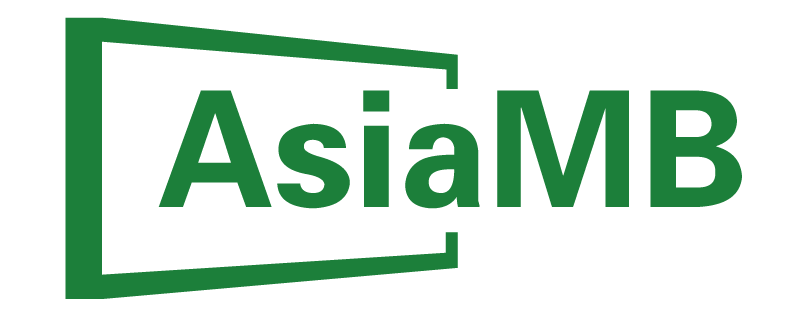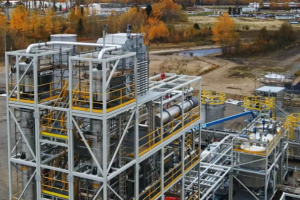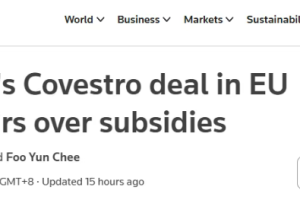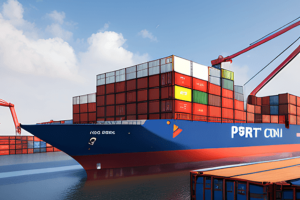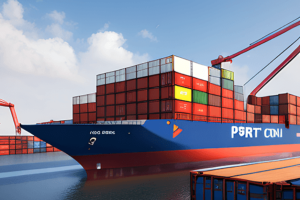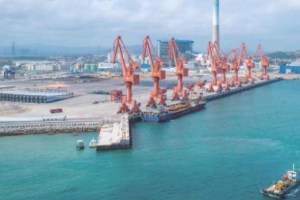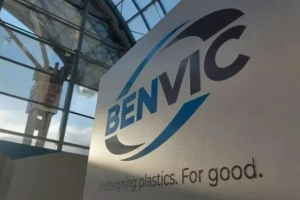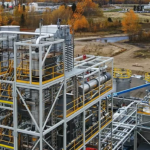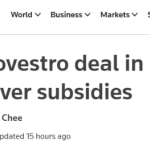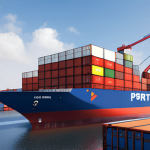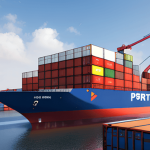July 1, 2025 –
rPET Price Crisis Threatens Europe’s Circular Economy Goals
The European recycled PET (rPET) market is grappling with unprecedented pricing pressures, creating a major hurdle for sustainability commitments across the industry. With rPET prices soaring to €1,800 per ton—80% higher than virgin PET (vPET)—manufacturers are struggling to justify the cost of using recycled materials despite regulatory mandates.

Policy vs. Economics: A Growing Dilemma
Under the EU’s Single-Use Plastics Directive, beverage bottles must contain at least 25% recycled content by 2025. However, the widening price gap between rPET and vPET has forced many companies to scale back ambitious recycling targets.
Jerry A. Herculeijns, CEO of Hertex, voiced industry frustrations: “Sustainability pledges collide with financial realities when recycled materials become prohibitively expensive. Many are now opting for compliance over commitment.”
Root Causes of the Price Surge
Three key factors drive the rPET price spike:
- Cheap Oil, Cheaper vPET: Low crude oil prices continue to suppress virgin plastic costs.
- Recycling Bottlenecks: High operational expenses and inefficiencies plague the recycling supply chain.
- Supply Shortages: Demand for high-quality recycled flakes outstrips availability.
While Spain and other nations have imposed €450-per-ton taxes on virgin plastics, experts argue that broader policy interventions—such as subsidies, extended producer responsibility (EPR) schemes, and infrastructure investments—are needed to rebalance the market.
Innovation as a Path Forward
The industry is exploring multiple strategies to stabilize rPET costs:
- Closed-Loop Systems: Beverage giants are investing in dedicated recycling streams.
- Design for Recycling: Simplified bottle structures aim to boost yield rates.
- Blockchain Tracking: Enhanced traceability could increase confidence in recycled content.
Market analysts suggest a potential price correction in Q3 2025 as seasonal demand rises and oil prices rebound. However, long-term solutions will require coordinated efforts between policymakers, producers, and recyclers to make circular economics viable.
